User Generated Content – Web 2.0: Advantages and Disadvantages
Web 2.0, user-generated content, that’s the big new source of innovation. While the world was built over millennia after transmitter receiver model was built, one transmitter, many receivers, Web 2.0 and the structure of everything has changed. Today, anyone can become a radio station and so there are stars on YouTube and Instagram who still go to school. Experts have distinguished themselves through blogs of which one knew nothing before. Today, it is no longer individual TV stations or newspapers that are the opinion makers, everyone can become the opinion makers! Because everyone likes to share their opinion, an extremely large amount of data is collected. Keyword Big Data. Whoever first understands how to deal with these data, above all with the quantity and complexity, is today a major player. Many countries rely on technical models to manage their citizens, some even to monitor them. The more we reveal about ourselves, consciously or unconsciously, the more powerful the databases become. But where there are shadows, there is of course also light! So user-generated content has changed our world. Let’s just have a look at the example Wikipedia. The greatest encyclopedia ever created in the world. How does it work? Only with the help of many! But let’s start at the very beginning.
We had already reported extensively on the development of social networks and the sender receiver model in our Social Media Blog. Incredibly interesting stories that have revolutionized the media world. Just like the printing press. Because suddenly information is available for everyone, not only available, users can actively influence the content. But how did it all start?
Facebook wasn’t the first social network, before there were many pioneers, such as MySpace, which hardly anyone knows today. But even MySpace was not the first platform with functions for social communication. In fact, it was forums and auction houses like Ebay. This was the first time one had the opportunity to exchange ideas with others on an equal footing in forums. Furthermore, you could also for the first time give ratings, e.g. in auction houses for purchases made. Users are no longer just consumers, they can actively influence collective knowledge.
The previously discussed transmitter receiver model has changed completely. The dominance of media houses such as radio stations, newspapers or TV stations was broken. Users no longer only have to consume, they can become creative themselves, generate content themselves and become media themselves. However, this also entails great responsibility, as we will see later in the disadvantages to user-generated content.
Web 2.0 and user-generated content
Users now have all options. With increasing bandwidth and, of course, the further development of end devices, from camera notebooks to smartphones and software for video editing and image processing, more and more options are available to each individual. Bloggers who report on Instagram with photos and stories every day about themselves and their experiences, about Youtuber who sometimes make extremely elaborate productions so that they have an absolute highlight once a week, about people on Tiktok who like to have fun and entertain others. Twitter in turn is for topics such as politics, business or even real estate.
Everybody can build his own channel and of course his own community. The community, too, constantly creates user-generated content, for example by directing videos and photos, but also by commenting. Endless data about users, from users. Web 2.0 is constantly evolving and content is improving. The algorithm of social networks that decides every second which content is or might be relevant for the individual user and which is not. On YouTube alone, over 1000 hours of video are uploaded every second. An unbelievable amount of videos that must be evaluated and sorted by an intelligent algorithm. This shows the creativity of the people but also the will to become a broadcaster. Small explanatory videos and tutorials about make-up or tasty recipes for baking and cooking, small discussions about current topics, podcasts & travel vlogs.
Billions of media content are created every day, an unbelievable number. That’s why Big Data has become such a big issue. Of course, all this data and information can also lead to negatives. Therefore, we want to take a closer look at the advantages and disadvantages of user-generated content.
Benefits of user-generated content
The advantages of user-generated content are obvious, the knowledge of mankind is increasing day by day. Today everyone can inform himself. Nobody needs a library card, especially in small towns and villages this is important, because here there are rarely large knowledge databases. There are countless models in the social networks for students, employees, advanced training courses but also for one’s own personal development. From microblogging to YouTube videos to motivating Instagram channels or even daily links on Facebook. But much more important are the very original elements, collections of knowledge. Just as everything around the user-generated content began to appear in forums. Today there are millions of forums on every topic. From tuning for cars to tractors in agriculture, aircraft construction but also gardening, cooking and of course the right care of the domestic cat. But it is not only the big topics such as nutrition and health that can be answered, but also quite simply everyday questions can nowadays be answered constantly on the Internet. The question: How do I change my address correctly after moving? Up to how long do I have to boil an egg to make it hard? And of course, the universe of user-generated content is much larger, there are physics lectures on YouTube, help pages for calculating formulas in mathematics on Facebook, and even whole study groups in Instagram and Snapchat – Wonderful new world!
Disadvantages and hazards of user-generated content
In addition to the numerous advantages, there are also disadvantages. On the whole, criticism focuses particularly on personalized advertising, and the algorithms of social media networks only play out what we like. This means that a great deal of plurality is lost in the information, because everything we see is exactly what we want. Other opinions, opposing ideas, the normal discourse does not take place. The third major point of criticism deals with the political influence of people. This is no longer a utopia, as one saw in the great Cambridge-Analytica scandal in 2018. Facebook founder Mark Zuckerberg had to end up even before the Senate statements. But that’s just the tip of the iceberg. However, some countries, especially China, rely on the completely digital citizen not for freedom, but for surveillance. All citizens are constantly categorised through evaluation procedures. Those who oppose certain ideas are downgraded. Those who have collected too many minus points are denied certain privileges. E.g. loans or flights abroad. All this by matching data. Especially the Social Media App Wechat is very important in China, because it is not only used to communicate, most transactions of money run through the app, from the simple supermarket purchase to the automobile, of course the state listens to everything. It’s not a secret, it’s an open secret. Everyone knows about the relevance of their own actions, not only in public, but also in communication on the smartphone. Line loyalty is the A&O. Anyone who violates it must expect consequences.
- Personalization of advertising
- No new content due to algorithm that always returns what we want to see
- Manipulation of opinion and political thought



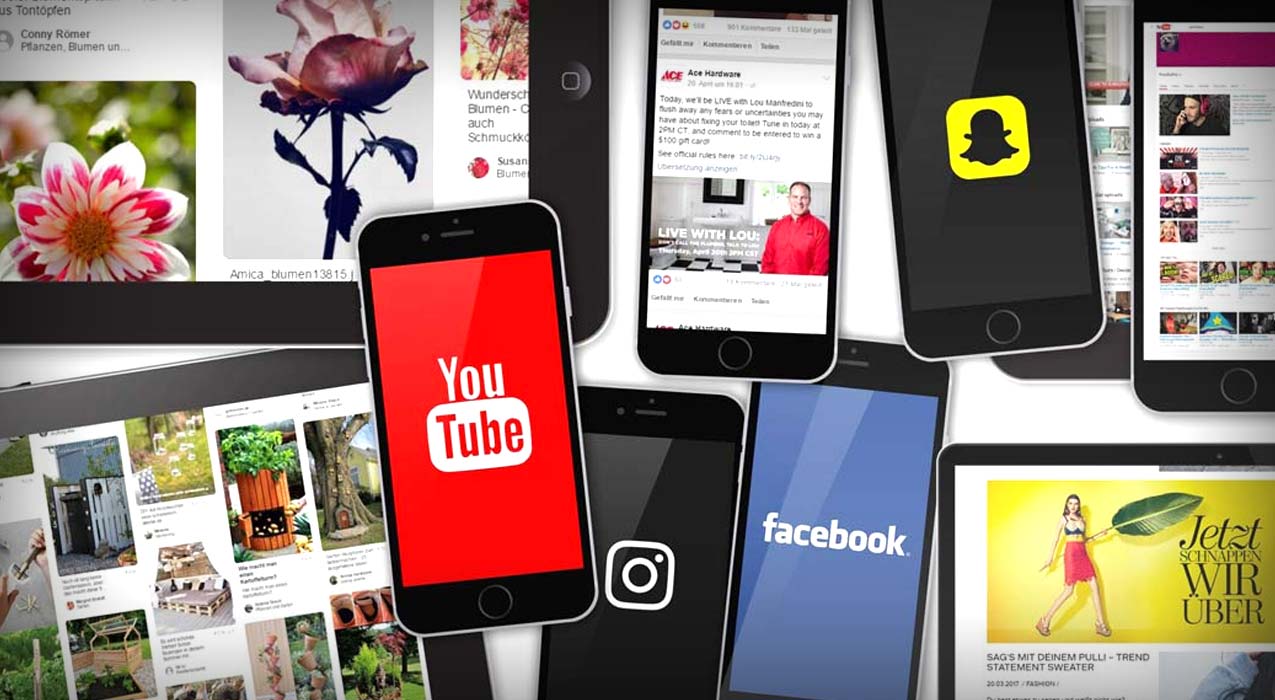

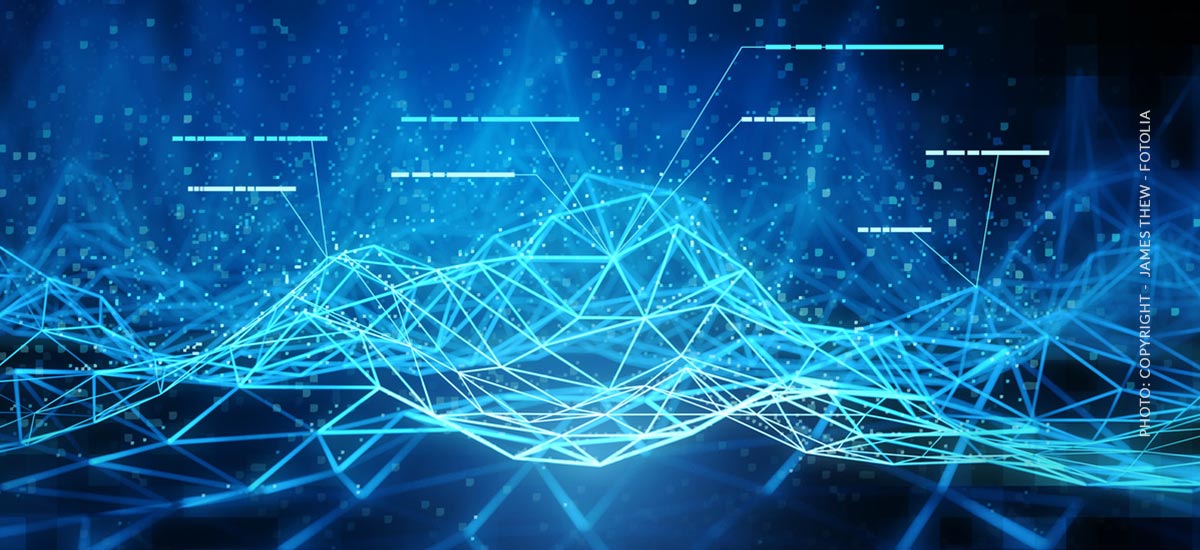
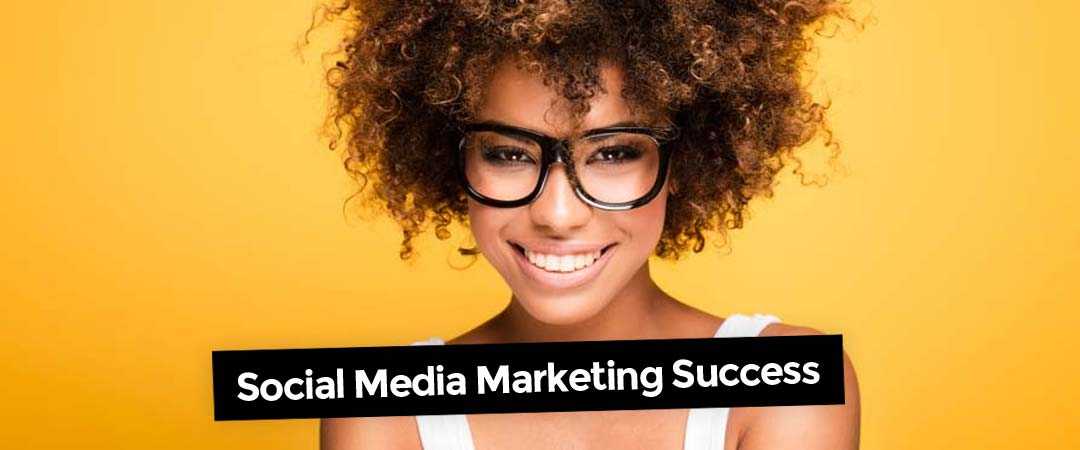

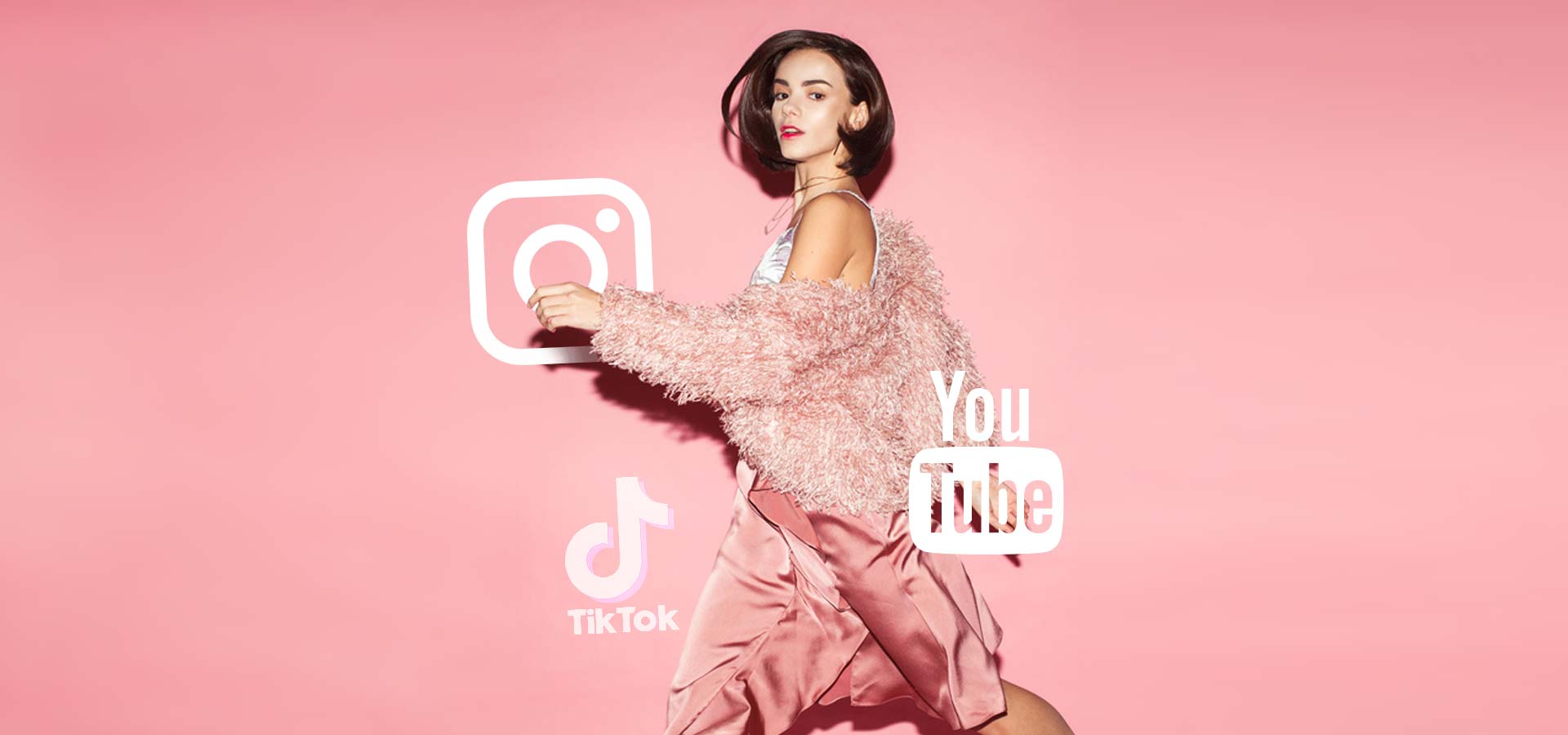
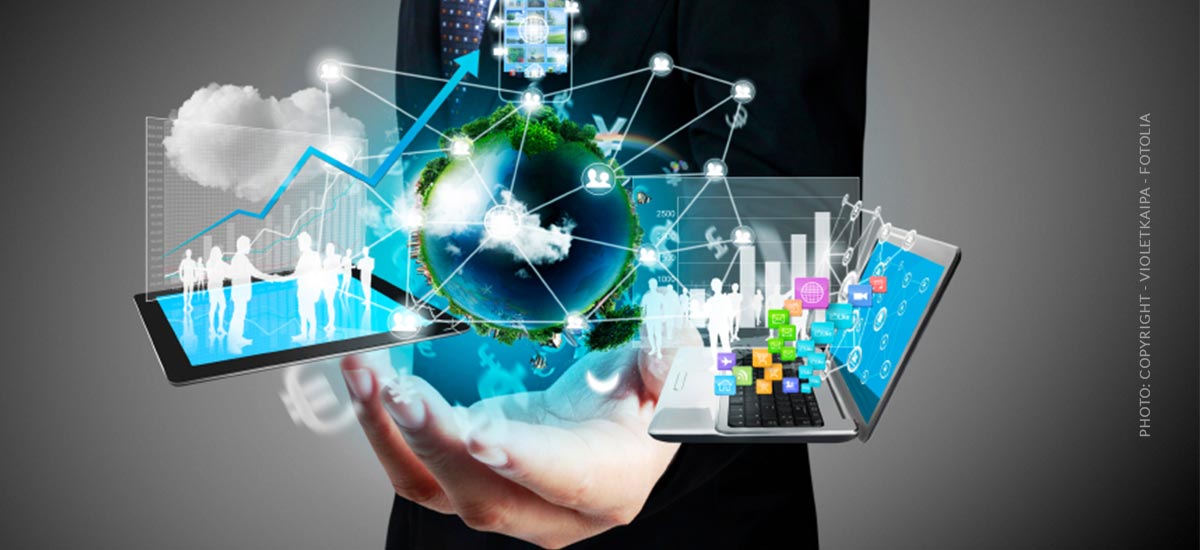
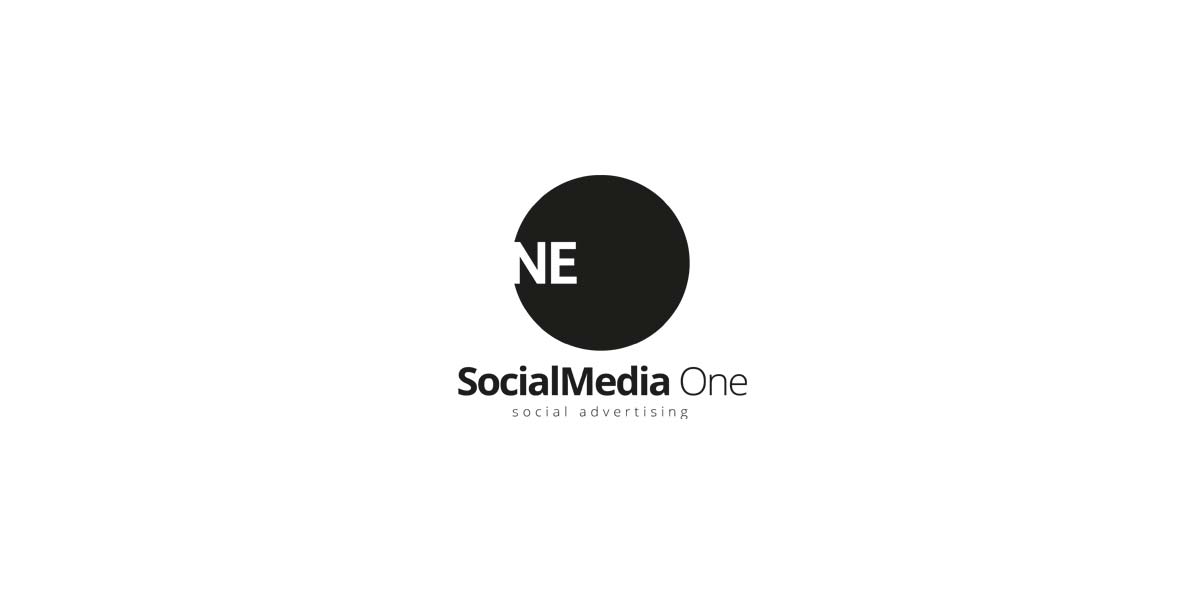


 4.9 / 5.0
4.9 / 5.0